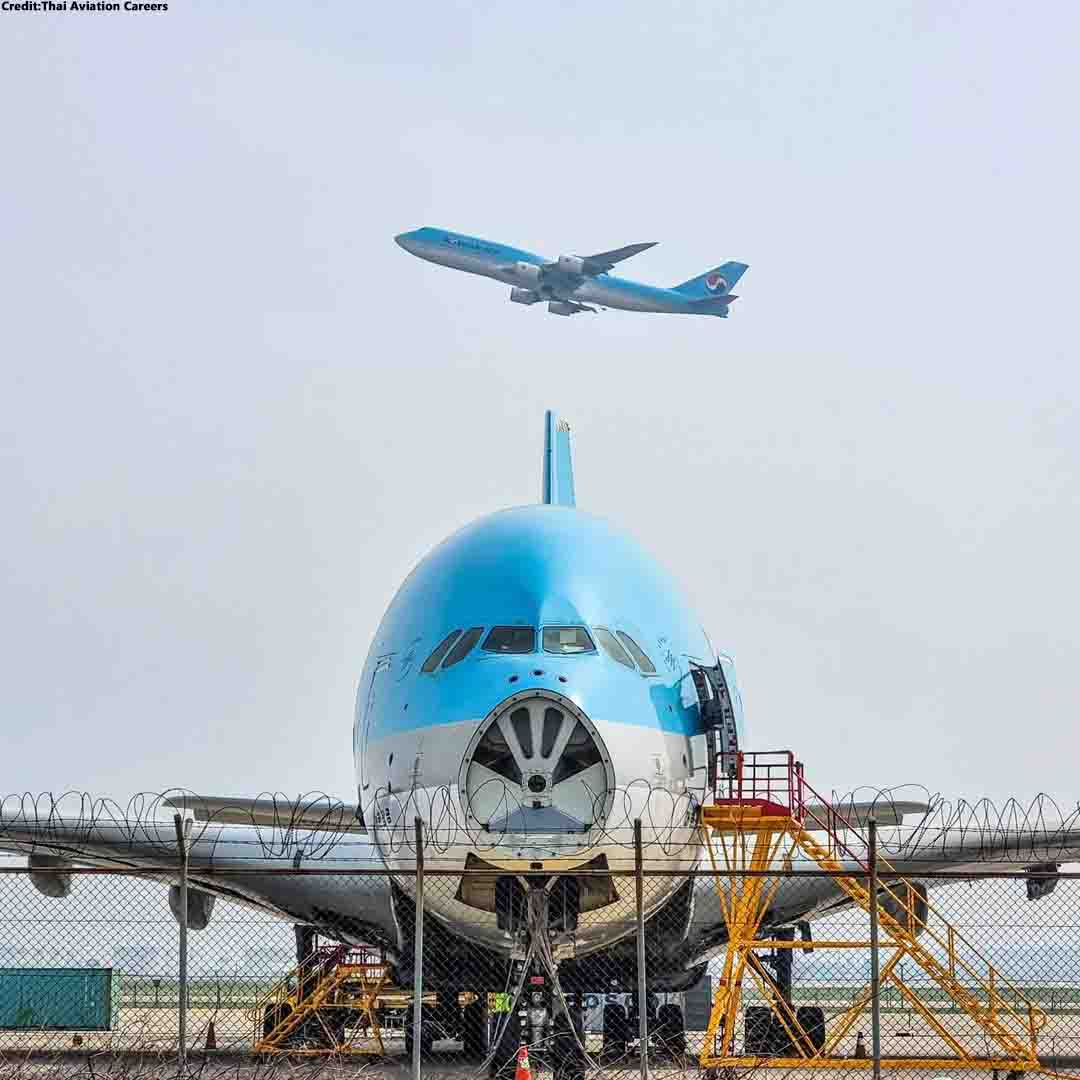Civil Aviation
End of A380 Era: Korean Air Scraps One More Airbus A380

In a symbolic gesture marking the end of an era, Korean Air bids farewell to yet another Airbus A380, adding to the dwindling fleet of these iconic double-decker jets.
The sight of the colossal plane, now reduced to dismantled parts, serves as a poignant reminder of the changing landscape in aviation.
The recent images circulating on social media aircraft being dismantled, its once-grand silhouette now reduced to a jigsaw of fragmented parts, with the tail separated from the fuselage. This particular A380, bearing the registration number HL7613 and birthed in 2011, had served just over 13 years before being retired from active duty in March 2020.
Since then, it has repose at Incheon Airport in Seoul, awaiting its inevitable fate. Korean Air, with a legacy spanning over 70 years, has risen to become one of the titans of the aviation industry.
Yet, the retirement of the A380 marks a turning point. The phasing out of these colossal birds is a bittersweet acknowledgment of the evolving needs and dynamics of modern air travel. While the sight of these iconic giants being consigned to the scrapyard may tug at the heartstrings of aviation enthusiasts, it also underscores the inevitability of progress.
The retirement of the A380 heralds a strategic shift for Korean Air, aligning with plans to usher in a fleet of 27 Airbus A350-1000s. These modern marvels are poised to gradually assume the mantle of long-range flight, marking a new chapter in the airline’s storied history.
While the sight of these iconic giants meeting their end may evoke a sense of nostalgia, it also heralds the promise of progress and innovation. Korean Air’s decision to embrace change underscores its commitment to sustainability and adaptability in an ever-evolving industry.

